Heliotropes are a delightful addition to any garden, known for their sweet fragrance and vibrant colors that attract both pollinators and admiring eyes. These sun-loving plants thrive in warm, sunny spots and bloom in shades of purple, pink, and white, making them a perfect choice for adding a splash of color throughout the growing season. With the right care, heliotropes can flourish and fill your garden with their charming blooms and pleasant scent.
Growing heliotropes might seem a bit tricky at first, but with a few simple tips, you can have these beautiful flowers thriving in your garden. From choosing the right location to understanding their watering needs, the right approach will make all the difference. With just a bit of attention, heliotropes can quickly become a favorite in your garden, offering not only color and fragrance but also a touch of timeless beauty. Let’s take a look at some tips to help you get the most out of these stunning plants.
Choose the Right Location

When planting heliotropes, location is key. These plants thrive in full sun, requiring at least six hours of sunlight daily to flourish. Consider a spot in your garden that offers ample light but is sheltered from harsh winds. Planting them in such a location will ensure robust growth and vibrant blooms. Additionally, ensure the soil is well-draining to prevent root rot, which can be detrimental to their health. Amending the soil with compost can enhance its quality, providing the right nutrients for your heliotropes to thrive and burst forth with color.
Soil Preparation
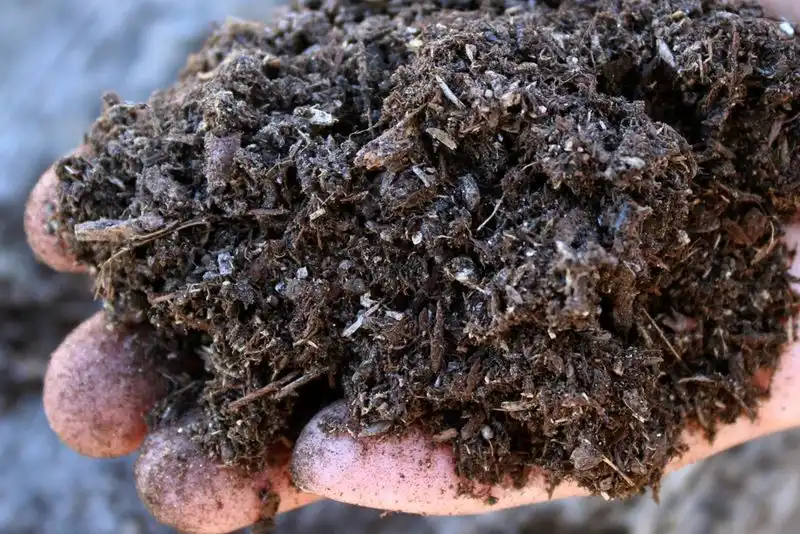
Preparing the soil before planting is crucial for heliotropes. Start by ensuring the soil is loose and well-draining, preventing waterlogging which can damage the roots. Incorporate organic matter such as compost or well-rotted manure to enrich the soil. This not only improves drainage but also provides essential nutrients, encouraging healthy plant growth. Testing the soil pH is also beneficial; heliotropes prefer slightly acidic to neutral soil. By taking these steps, you’ll create an optimal environment for your heliotropes, encouraging them to grow vigorously and produce vibrant blooms.
Proper Watering Techniques
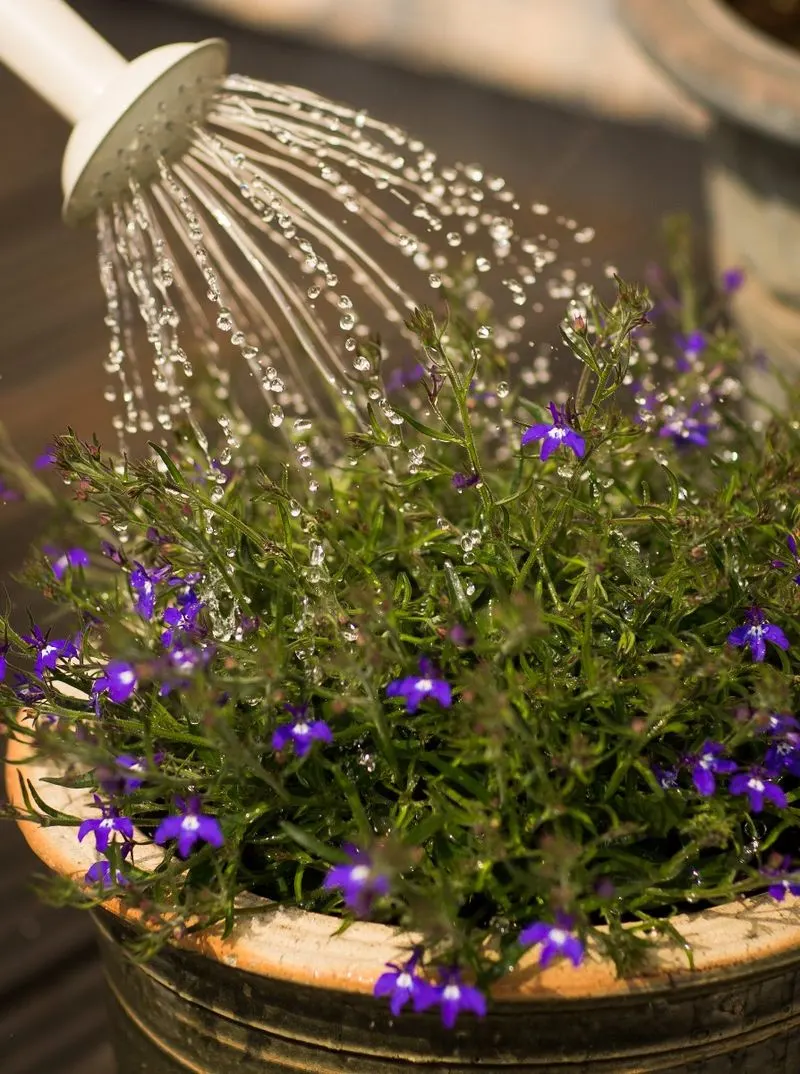
Watering heliotropes correctly is vital for their success. These plants require consistent moisture but must not be left in soggy soil. Water them deeply once a week, allowing the water to seep into the root zone. During hotter months, you might need to increase the frequency to prevent the soil from drying out completely. Morning watering is ideal, giving the plants time to absorb moisture before the sun’s heat intensifies. By following these watering techniques, your heliotropes will remain healthy, resilient, and brimming with colorful flowers.
Fertilizing Your Heliotropes
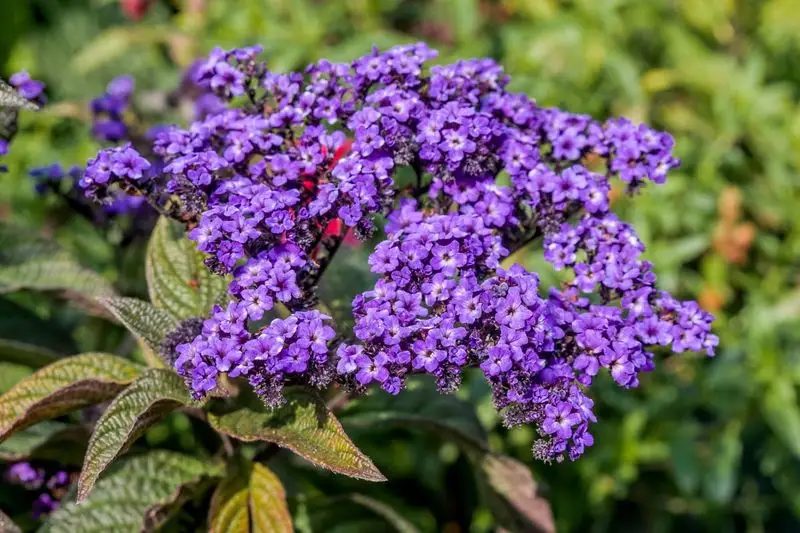
Feeding your heliotropes with the right nutrients boosts their growth and flowering. Use a balanced, water-soluble fertilizer every two to four weeks during the growing season. This regular feeding schedule will ensure they receive essential nutrients to maintain lush foliage and vibrant blooms. Be cautious not to over-fertilize, as this can lead to excessive leaf growth with fewer flowers. A slow-release fertilizer can also be beneficial, providing a steady nutrient supply. By nourishing your heliotropes properly, you’ll enjoy a garden full of dazzling and healthy plants.
Pruning for Better Blooms
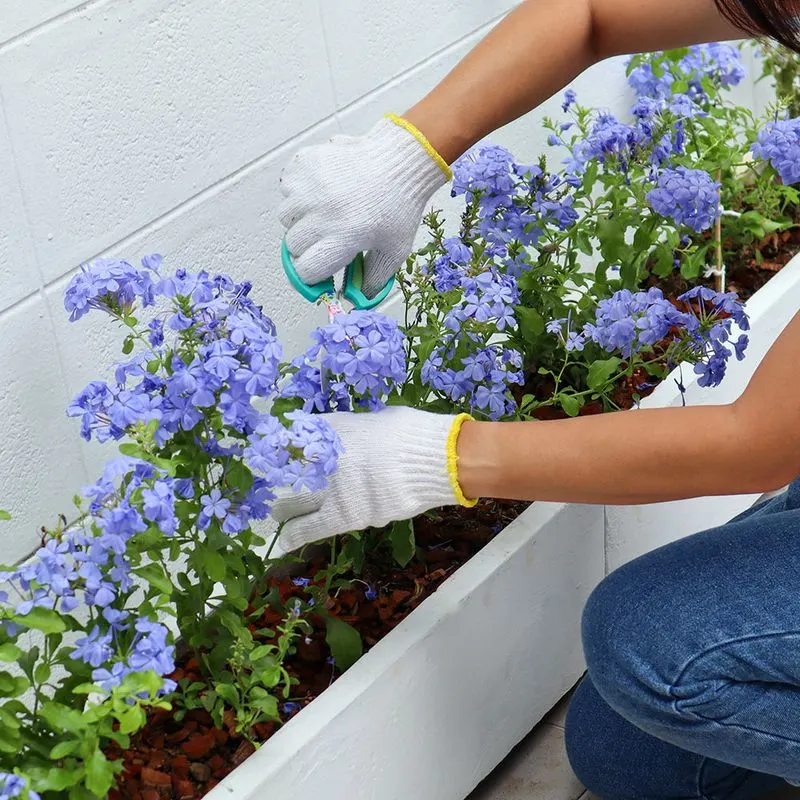
Pruning heliotropes is vital for maintaining their shape and encouraging more blooms. Regularly deadhead spent flowers to stimulate new growth and extend the blooming period. Pruning also helps to remove damaged or diseased parts, promoting overall plant health. Use sharp, clean pruning shears to make precise cuts, preventing potential infections. Trim the plants back by about a third in early spring to encourage bushiness. This practice not only enhances their appearance but also ensures a continuous display of vibrant flowers throughout the season.
Pest Management

Keeping pests at bay is essential for thriving heliotropes. Common pests include aphids and whiteflies, which can be controlled with organic insecticidal soap. Regularly inspect your plants for signs of infestation, such as curled leaves or sticky residue. Introducing beneficial insects like ladybugs can also help maintain a healthy balance. Additionally, keeping the garden tidy by removing debris minimizes pest habitats. By managing pests organically, you ensure that your heliotropes remain healthy and your garden is a haven for beneficial pollinators.
Disease Prevention
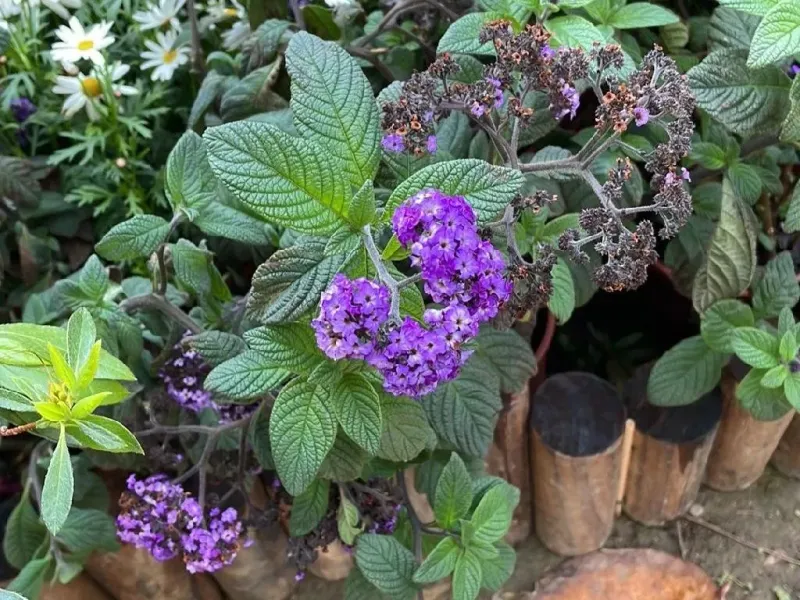
Preventing diseases in heliotropes involves proactive gardening practices. Ensure adequate air circulation by spacing plants appropriately, reducing the risk of fungal infections such as powdery mildew. Water at the base of the plant to avoid wetting the foliage, which can lead to mold. Regularly inspect plants for signs of disease, and remove affected areas promptly. Use fungicides when necessary, choosing organic options to minimize environmental impact. By staying vigilant and maintaining proper garden hygiene, you can keep your heliotropes healthy and vibrant all season long.
Supporting Growth with Stakes
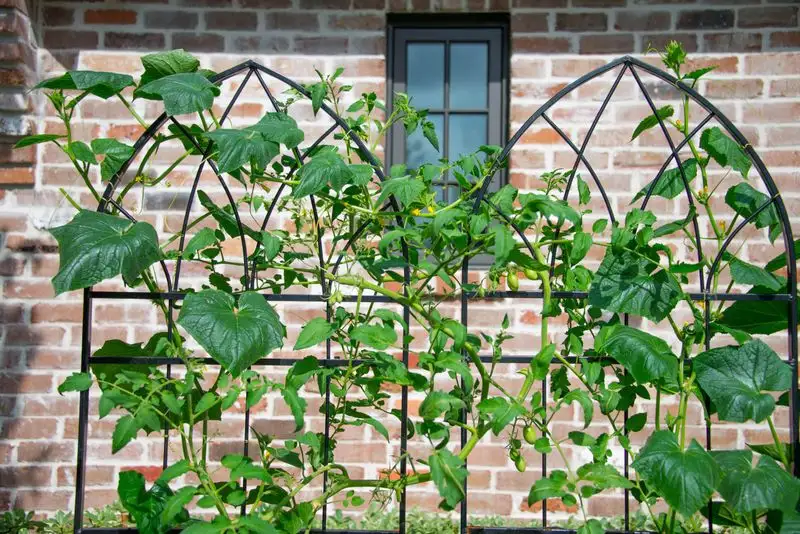
Supporting taller heliotropes with stakes ensures they remain upright and showcase their flowers effectively. As these plants can become top-heavy, especially when in full bloom, staking prevents them from flopping over. Use bamboo stakes or decorative supports, placing them close to the plant’s base. Tie the stems gently using soft garden twine to avoid damage. This support not only keeps your heliotropes looking neat but also improves air circulation around the plant, reducing disease risk and enhancing their overall appearance.
Companion Planting

Companion planting with heliotropes enhances garden aesthetics and benefits plant health. Pair them with marigolds or lavender, which attract beneficial insects and deter pests. These companion plants create a colorful display, adding variety and texture to your garden. Additionally, they promote healthy growth by improving soil quality and providing natural pest control. Consider the height and spread of companion plants to ensure they complement, rather than overshadow, your heliotropes. This harmonious planting strategy results in a thriving, vibrant garden that supports a diverse ecosystem.
Seasonal Care Adjustments
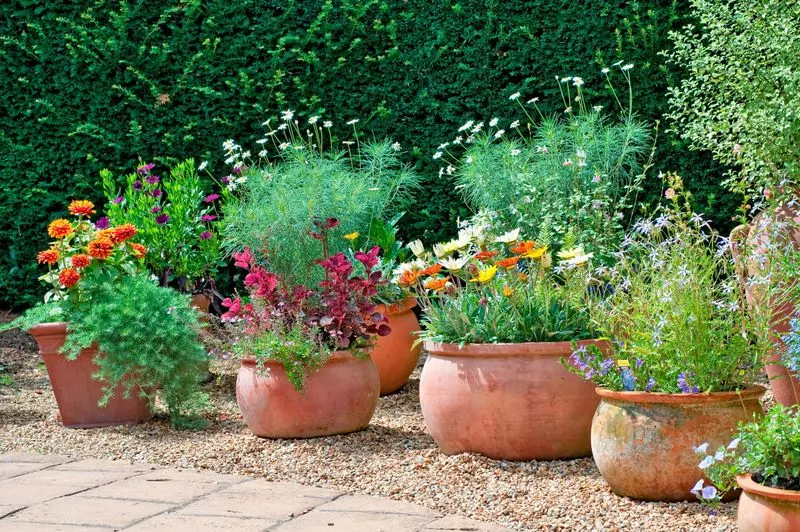
Adjusting your care routine with the seasons ensures robust heliotrope growth. In spring, focus on soil preparation and fertilization to kickstart the growing season. During summer, increase watering to cope with hotter temperatures. As fall approaches, reduce watering and start cutting back on fertilizer to prepare the plants for dormancy. Protect them from frost by using mulch or moving pots indoors. By aligning your care practices with seasonal changes, you provide an environment where your heliotropes can thrive year-round, showcasing their beauty in every season.
Propagation Techniques

Propagating heliotropes through stem cuttings is a rewarding way to multiply your plants. Take cuttings in early summer, choosing healthy, non-flowering stems. Remove the lower leaves and dip the cut end in rooting hormone to encourage root development. Plant the cuttings in a well-draining potting mix, and keep them in a warm, humid environment. Using a propagator or covering with a clear plastic bag can maintain humidity. With patience and care, the cuttings will root, allowing you to expand your heliotrope collection and fill your garden with more color.
Choosing Varieties
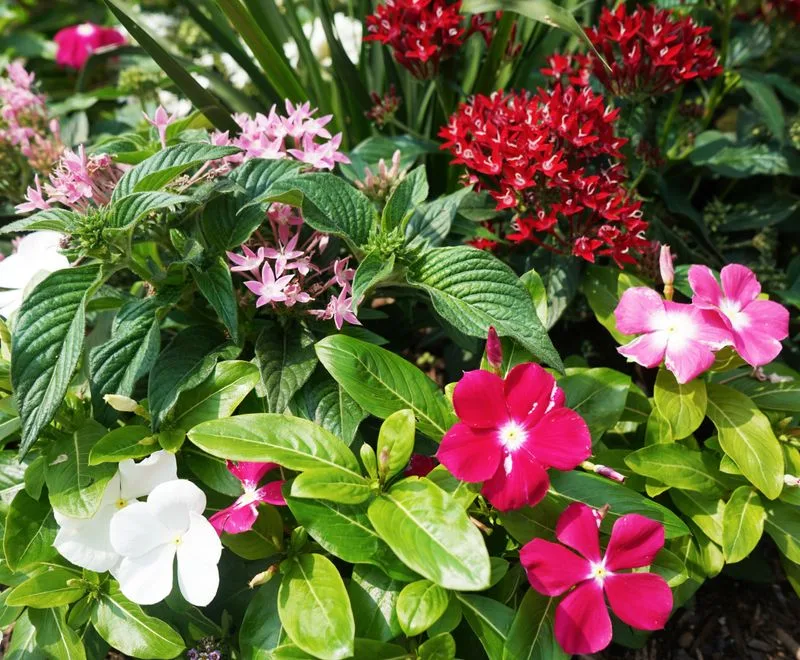
Selecting the right heliotrope varieties adds diversity to your garden. Choose from a range of colors, including deep purple, lavender, and white, to suit your design preferences. Consider the plant’s size and growth habit; compact varieties are perfect for containers, while taller ones make striking border plants. Some varieties are more fragrant, offering an added sensory experience. By mixing different types, you create a dynamic garden landscape that captivates the eye and scent. This careful selection ensures a garden filled with vibrant blooms and varied textures.
Container Gardening
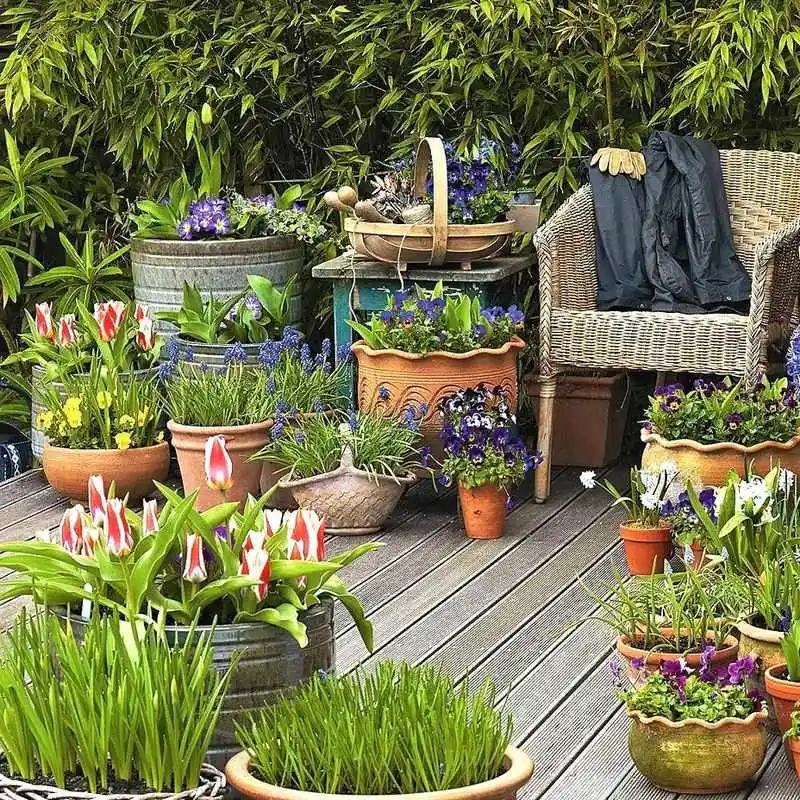
Growing heliotropes in containers is ideal for small spaces or patios. Choose pots with good drainage and use a high-quality potting mix enriched with organic matter. Position the containers in a sunny location to maximize blooms. Regularly check the soil moisture, as containers dry out faster than garden beds, and adjust watering accordingly. Fertilize monthly with a balanced liquid fertilizer to support continuous growth. Container gardening allows for flexibility in moving plants to protect from harsh weather, ensuring your heliotropes remain vibrant and healthy.
Attracting Pollinators
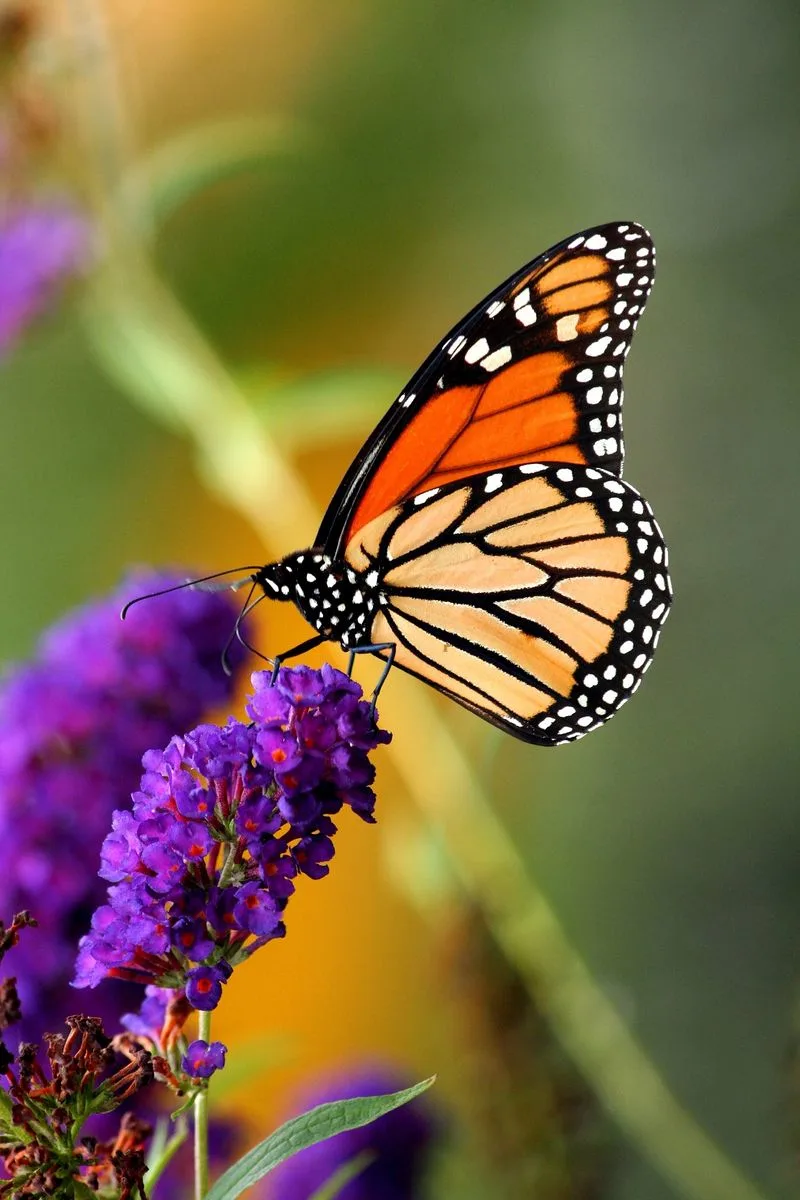
Heliotropes are excellent for attracting pollinators like bees and butterflies. Their sweet fragrance and colorful blooms are irresistible to these beneficial insects. To maximize their pollinator appeal, plant them in clusters, creating a more noticeable display. Ensure a variety of plants bloom at different times to provide a consistent food source. Avoid pesticides, choosing organic pest control methods to protect pollinators. By fostering a garden environment that supports these creatures, you not only enhance your heliotropes’ health but also contribute to the local ecosystem’s vitality.
Overwintering Tips

Protecting heliotropes during winter ensures they return robustly in the spring. In colder climates, move potted plants indoors to a sunny spot before the first frost. For garden plants, apply a thick layer of mulch around the base to insulate roots. Consider covering them with burlap or frost cloth on particularly cold nights. This protection prevents frost damage, allowing the plants to survive the winter months. By taking these overwintering steps, you’ll ensure your heliotropes emerge vibrant and ready to bloom as soon as the temperatures rise.

